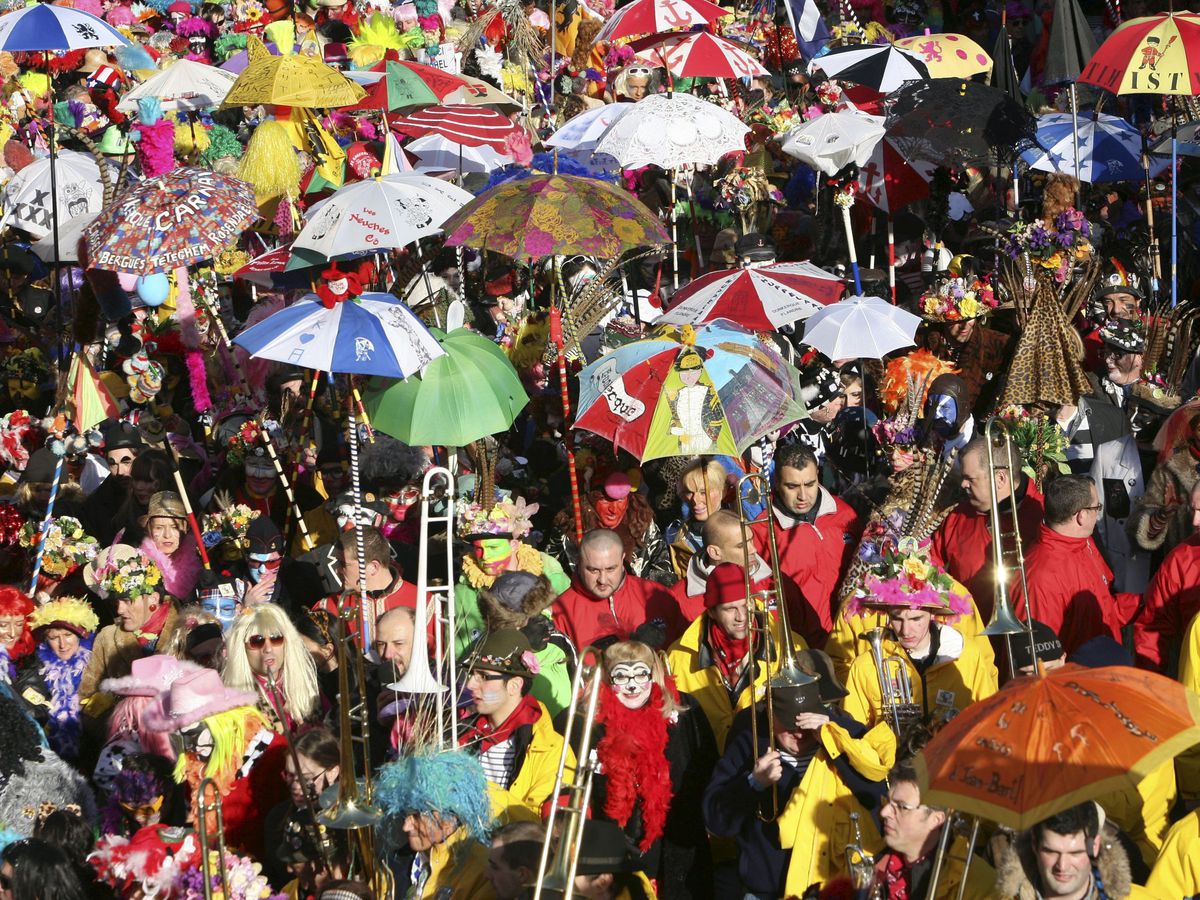The Hauts-de-France region is often overlooked. A victim of its northern stereotypes, it’s full of surprises and discoveries. So let’s get started on the 10th leg of this regiontrip without further ado!
A region surrounded by nature:
If you love nature, then you’ve come to the right place! 😉 The Bay of Sommes is one of the most beautiful bays in the world. In particular, it protects the ecosystem and is home to many species of animal. And if you take the time to stroll through the Parc du Merquenterre, you’ll discover a huge variety of bird species. In particular, migratory birds that you don’t see everywhere. If you’re more into marine animals, then take a walk along the Pointe du Hourdel, where you’re sure to see some seals!
In the same spirit, but offering a different landscape, we think of the Opal Coast. Many tourist towns are located here, including Boulogne sur Mer, but that’s not all. There’s incredible scenery, fine sandy beaches and the breathtaking Caps Blanc-Nez and Gris-Nez! This is the place for water sports enthusiasts and hikers alike!
And to keep with the theme of water activities, here are a few good places to go and enjoy them! Kitesurfing in Wimereux, water-skiing and jet-skiing in Amiens. Or kayak or canoe at the Saint-Laurent-Blangy nautical base.
His story:
The Hauts-de-France region has a long and distinguished history. It contains the history of France at different periods. Numerous museums and memorial sites can be found throughout the region. Among the best-known is L’anneau de la mémoire. It was built in 2014. Inscribed on it are the names of the 580,000 soldiers who fell on the battlefield in the Nord Pas de Calais region. The originality of this structure lies in its shape. It is suspended in mid-air, cantilevered over a hill.
Then you can visit the Louvres-Lens museum. It has a strong symbolic value, representing the post-industrial conversion of the Hauts-de-France region. Where it was built on a former coal mine, that’s where the symbolism lies. It’s a great cultural discovery for all ages.
To continue the region’s industrial heritage, you can also visit La fosse n°9-9 bis. It is located in Oignies, and includes the pit, the De Clercq garden city and the 110 slag heap. It is also a UNESCO World Heritage Site. It’s also a good way for new generations to discover a vestige of the past when we’re now in the age of a particularly modern and connected world.
And that’s the end of this historic tour of the region with Dragon’s Cave. It’s one of the most striking museums of the Second World War. What’s more, it’s underground, under the Chemin des Dames in the Aisne. You’ll need 1.5 hours and a coat! It’s pretty cold underground.
Places of interest :
Our tour starts with Notre-Dame d’Amiens Cathedral, a must-see. If you’re ever in the Hauts de France region, you must visit Amiens and its nationally renowned cathedral. Continuing with the region’s major cities, we stop in Lille. It is the capital of the Hauts-de-France region. Here’s a personal recommendation: get lost in old Lille. It’s a neighborhood full of history, narrow streets and small shops. A very pleasant walk to discover the city. And on the way, stop off at La Grande Place or the Hospice Comtesse.
We then move on from towns to villages with two must-sees. First, the village of Gerberoy. It is considered one of France’s most beautiful villages. What makes it special? Hundreds of rosebushes! It’s original and atypical, which is why we love it! The second village we’re thinking of is a classic, a benchmark. Of course, we’re talking about Maroilles! Particularly famous for its cheese! You can visit a cheese factory or sample some typical dishes! And if you really love the smell, we won’t judge you 😉 you can even take one (or more) home with you!
To close this paragraph rich in culture, we’d like to tell you about two particularly famous estates in the region. The Domaine de Compiègne and the famous Domaine de Chantilly. Let’s discover the first. Compiègne is a city rich in monuments, historical sites and tourist attractions! The Château de Compiègne should be on your list when you visit the region. For history buffs, you’ll discover the residence of Clovis and Napoleon III. That’s no mean feat! And now there’s the one that’s been famous throughout the ages, especially for its whipped cream, which we’re crazy about… the Chantilly domain. But it’s not just whipped cream that the estate is famous for. It is also famous for its horse races, notably the Prix du Jockey Club and the Prix de Diane. And, of course, its fully restored château is one of the region’s jewels. You can visit between a whipped cream tasting and a horse race 😉.
Her personal touch:
A lot of culture, history and memories are condensed in this region, but the Hauts-de-France region is much more than that. Carnivals are also particularly well known. The Dunkirk carnival comes to mind. Crowds of local residents always gather behind the Tambour-Major brass band for Mardi Gras. Bailleul also boasts a spectacular carnival known for its huge floats.
It’s also a culinary repertoire that can make many envious. Mussels and French fries during the Lille braderie. The ficelle picarde, Picardy‘s signature dish. La carbonade, Les bêtises de Cambrai and the list could go on and on. As you can see, if you want to eat well, the Hauts-de-France region is the place to go 😉.
And it’s also great family activities for young and old alike. The Nausicaa site in Boulogne sur Mer plunges you into the heart of marine life. It’s the biggest aquarium in Europe, and it’s particularly well designed. Thanks to its marine life awareness program, you can learn while having fun!
We’re leaving Hauts-de-France with our eyes, our stomachs (😉 ) and our heads full of memories. We hope this article has helped you discover the richness of this beautiful region. Until we meet again next week in another part of France, don’t forget to update Your booklet. It’s your vision of your region 😊!
















